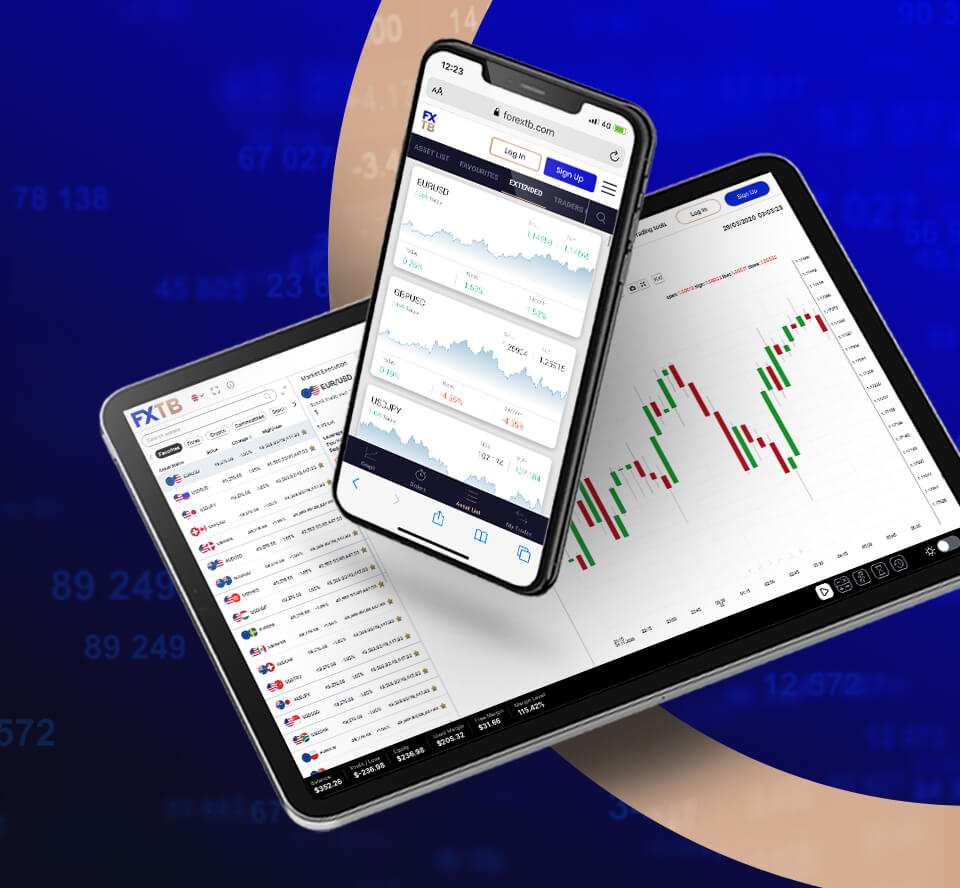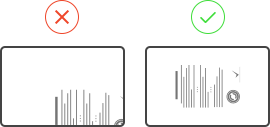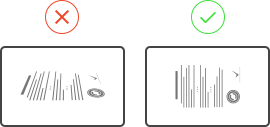Insättning via kabel
Om du vill sätta in medel på ditt konto via elektronisk överföring, var vänlig kontakta vår live chat för att få de nödvändiga bankuppgifterna.
Var vänlig observera att minsta insättning för elektroniska överföringar är 500 €.
Klicka här för att ladda ForexTB s banköverföringsuppgifter.














